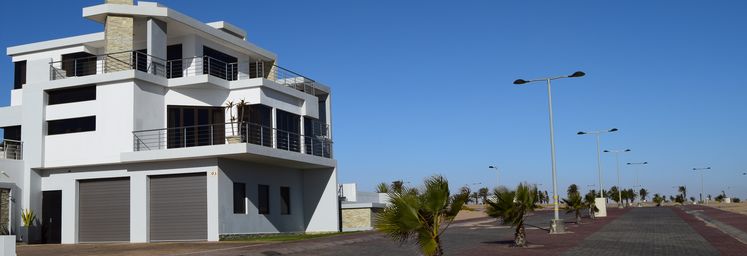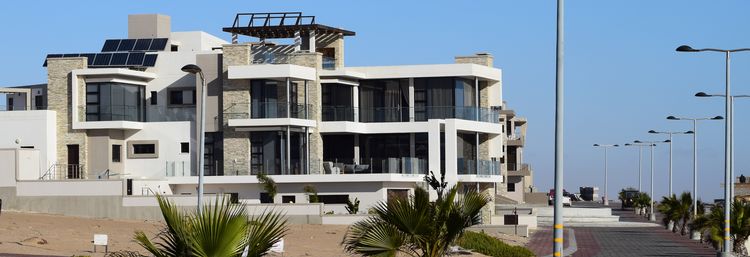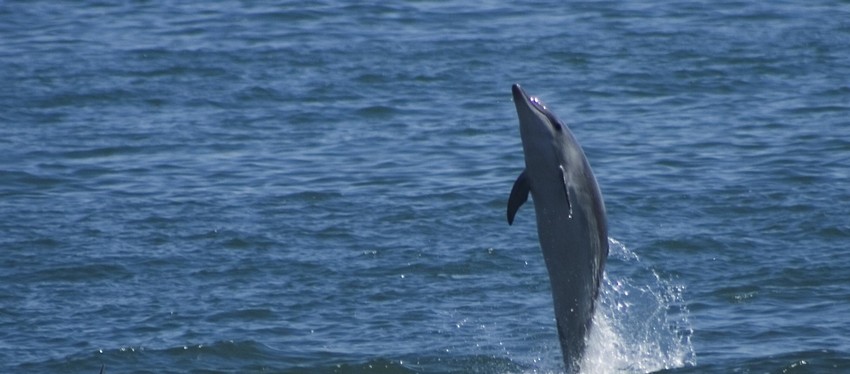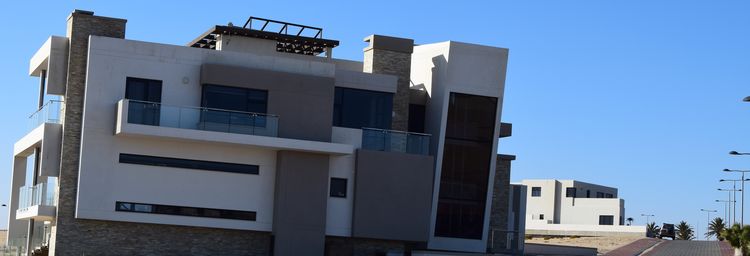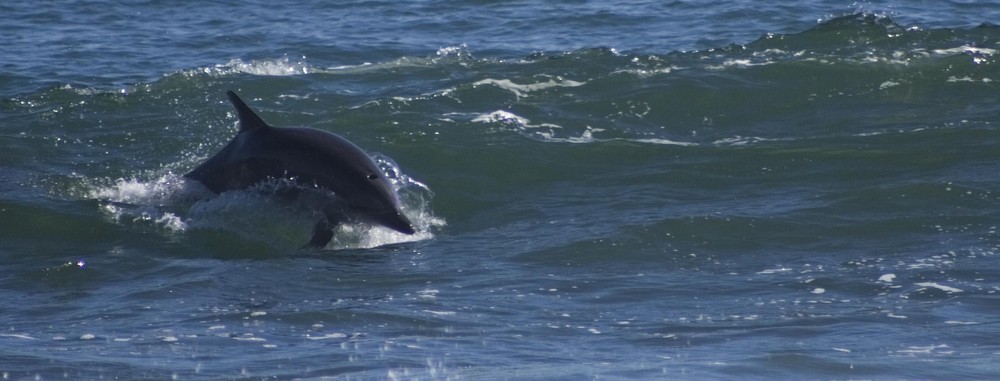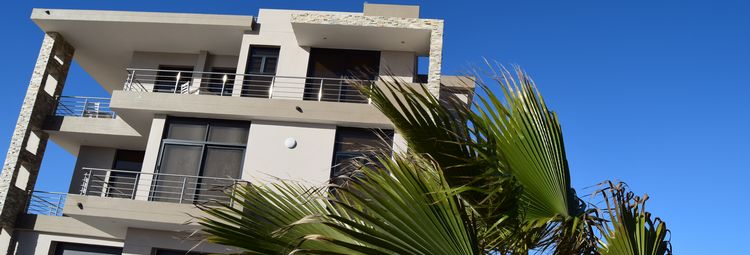Economy
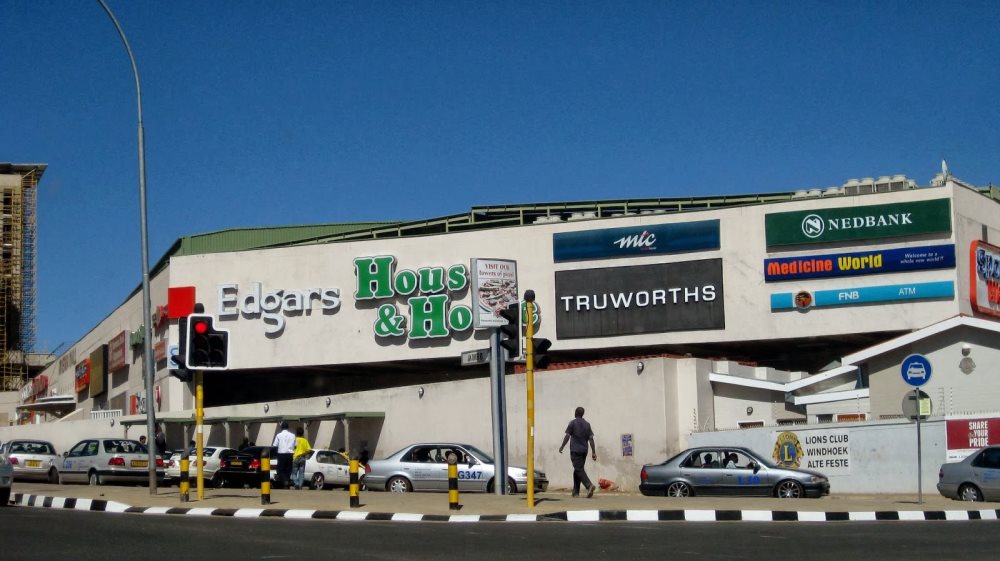 Since independence, the Namibian Government has pursued free-market economic principles designed to promote commercial development and job creation to bring disadvantaged Namibians into the economic mainstream. Namibia’s economy consists primarily of mining and manufacturing, which represent 74% and 11% of the Gross Domestic Product (GDP) respectively. Namibia’s economy is closely tied to South Africa’s, due to their shared history. Namibia is the fourth largest exporter of non-fuel minerals in Africa, and the world’s third largest producer of uranium. Rich alluvial diamond deposits make Namibia a primary source for gem-quality diamonds. Namibia also produces large quantities of lead, zinc, tin, silver, and tungsten.
Since independence, the Namibian Government has pursued free-market economic principles designed to promote commercial development and job creation to bring disadvantaged Namibians into the economic mainstream. Namibia’s economy consists primarily of mining and manufacturing, which represent 74% and 11% of the Gross Domestic Product (GDP) respectively. Namibia’s economy is closely tied to South Africa’s, due to their shared history. Namibia is the fourth largest exporter of non-fuel minerals in Africa, and the world’s third largest producer of uranium. Rich alluvial diamond deposits make Namibia a primary source for gem-quality diamonds. Namibia also produces large quantities of lead, zinc, tin, silver, and tungsten.
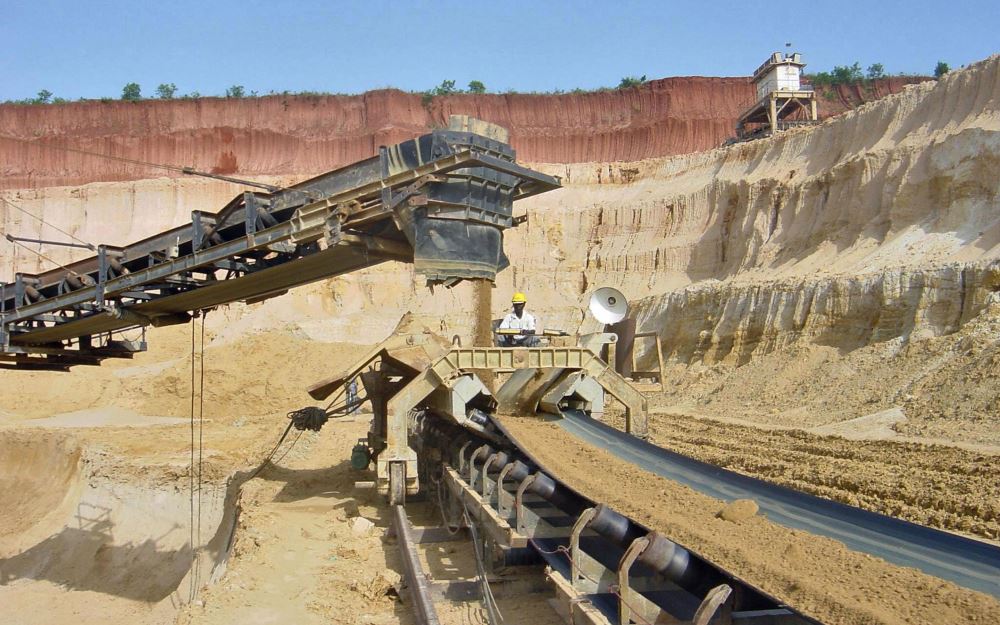 Given its small domestic market but favorable location and a superb transport and communications base, Namibia is a leading advocate of regional economic integration. In addition to its membership to the Commonwealth, Namibia is also a member of the Southern African Development Community (SADC). The country is also a signatory to the Southern African Customs Union (SACU) with South Africa, Botswana, Lesotho and Swaziland. Within SACU, no tariffs exist on goods produced in and moving among the member states. Over 80% of Namibia’s imports originate in South Africa and many Namibian exports are destined for the South African market or transit that country.
Given its small domestic market but favorable location and a superb transport and communications base, Namibia is a leading advocate of regional economic integration. In addition to its membership to the Commonwealth, Namibia is also a member of the Southern African Development Community (SADC). The country is also a signatory to the Southern African Customs Union (SACU) with South Africa, Botswana, Lesotho and Swaziland. Within SACU, no tariffs exist on goods produced in and moving among the member states. Over 80% of Namibia’s imports originate in South Africa and many Namibian exports are destined for the South African market or transit that country.
Outside of South Africa, the EU (primarily the U.K. and Spain) is the chief market for Namibian exports. Namibia’s exports consist mainly of precious stones, diamonds, uranium, copper, gold, zinc, salt, meat, fish, oysters, grapes and leather. Under the U.S. African Growth and Opportunity Act (AGOA), apparel exports are rapidly growing. Namibia has one of the richest uranium deposits in the world and various mines have been established in the Erongo region. Large gas reserves have been discovered off-shore from Namibia, while the prospects of off-shore oil drilling looks promising. Exploratory work has already begun.








